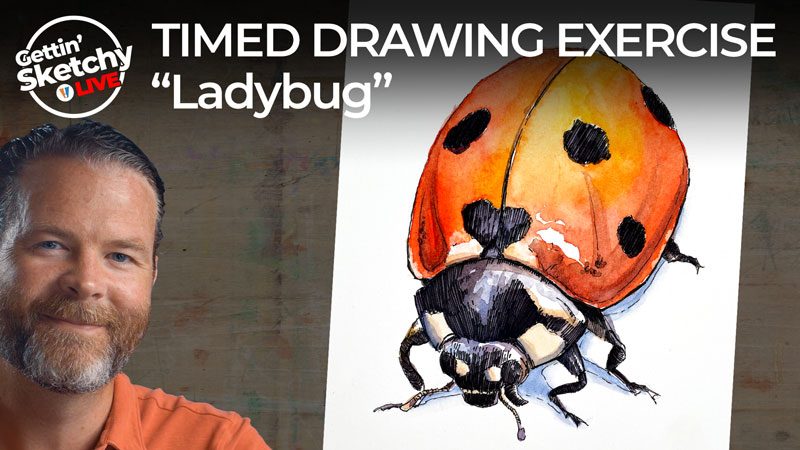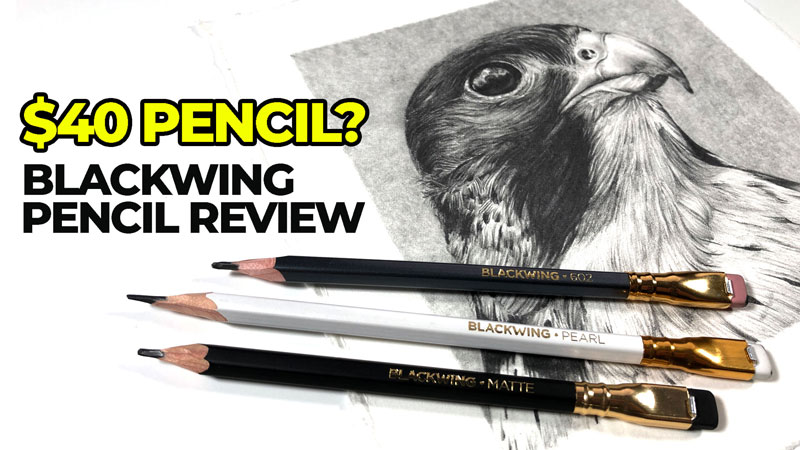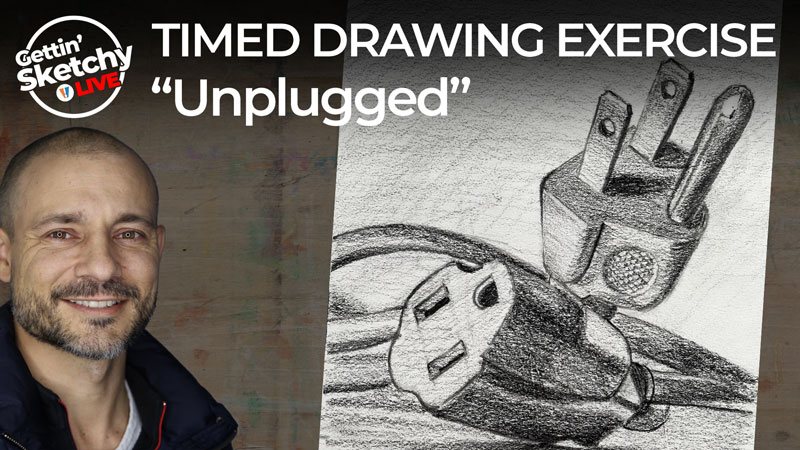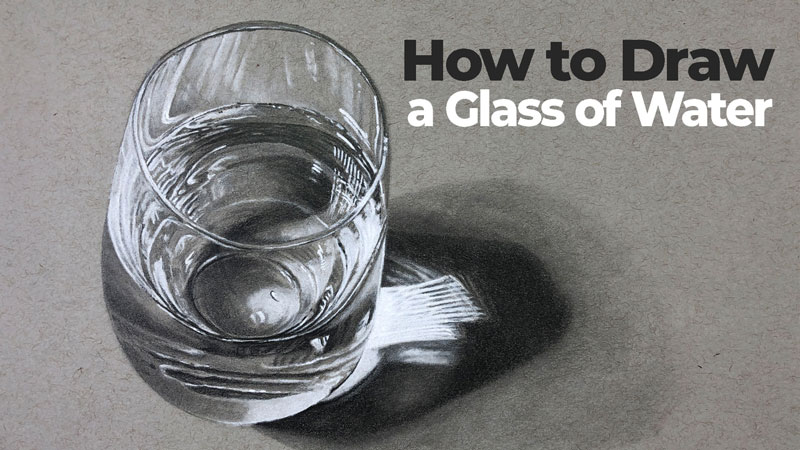Gettin’ Sketchy – Drawing Everyday Objects – Door Knob and Keys – Season 4 Episode 6
This episode aired live on YouTube on July 7, 2021.
In this drawing lesson, Ashley creates a drawing of a couple of objects that are part of our everyday lives – a door knob and a set of keys. Everyday objects like this are great for sketching. Sometimes all we have to do is look around us to find sources of inspiration. And while these objects may not seem like exciting objects, they are still filled with challenges that will help us improve our drawing skills.
Here’s a look at the completed drawing…
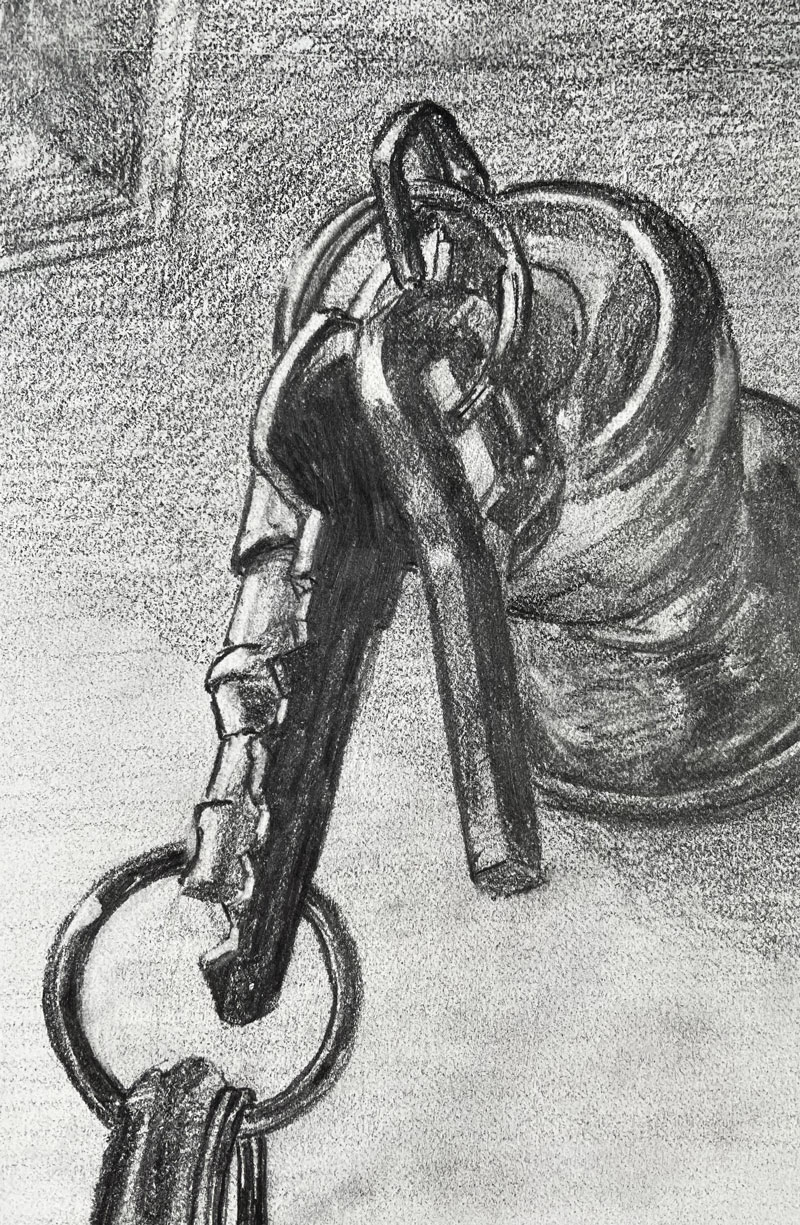
It’s Easier Than You Think
It’s easy for beginners to look at certain potential drawing subjects and get overwhelmed. It’s only natural to assume that highly reflective subjects like metal or glass will present difficult challenges. Objects that are precise or detail-oriented can also deter some budding artists. Most of these folks will simply look for other subjects to explore rather than tackle this challenge.
But this is a mistake. Challenges force us to grow. When we challenge ourselves with “difficult” subjects we often surprise ourselves with the results. But when we avoid subjects that present challenges, we stagnate and our artistic growth is stunted.
The simple subjects of this drawing – the door knob and keys – could be considered “difficult” due to the precision of the keys and the reflective surface of the door knob. However in this demonstration, Ashley shows us that even difficult subjects can be simplified and communicated in a drawing in a short period of time.
The Secret to Drawing Reflective Surfaces
Value is one of the seven elements of art. Most artists agree that value is also the most important element of art. The values and the positioning of the values inform the viewer of the light within the scene, the form of the subjects, and the surface textures of the subjects.
Surfaces that are not reflective typically feature gradual changes in values from dark to light. But reflective surfaces, like shiny metal or glass, are different. Instead of gradations of value, reflective surfaces often feature extreme changes in value. Often, we see a dark value positioned right next to a light value. It’s the strong contrast in value and the extreme change in value that leads to the illusion of a reflective surface in our drawings.
All we need to do is pay close attention to the shapes of these contrasting values and try to replicate them in our drawing. If we get the shapes and values close to what is observed, the result is the illusion of reflection.
Materials Used For This Drawing Exercise
In this lesson, Ashley uses simple drawing tools to complete the sketch. A common HB pencil is used for the initial contour line drawing and some basic shading. Once the contour sketch is in place, Ashley pushes the range of value with a General’s Layout pencil. This pencil is similar to a 4B pencil so the marks are quite a bit darker.
See also: Artists Graphite Pencils Explained
The drawing is completed on basic white drawing paper that you’ll find in any sketchbook. There is a texture to the paper, but the tooth is relatively weak.
Photo Reference
Ashley took the photo that is used for reference. The color was removed, making the values and value relationships easier to discern.
Here’s a look at the photo reference…

Looking for other ideas to sketch? Check out 101 Drawing Ideas for Your Sketchbook
Drawing a Door Knob and Keys Exercise – Conclusion
Drawing is a skill that anyone can learn and develop. But like any other skill, drawing requires practice. The more that you practice, the more improvement you will see in your drawing skills. Don’t dismiss the everyday objects around us a potential subjects. Even objects that seem “boring” can be made exciting with a strong composition.
Challenge yourself and don’t be afraid to draw subjects that may seem difficult on the surface. Often, these “difficult subjects” lead to a greater sense of accomplishment and more growth.
If so, join over 36,000 others that receive our newsletter with new drawing and painting lessons. Plus, check out three of our course videos and ebooks for free.


